Section 3
Expanding the Civil Rights Movement
By Boundless

Second-wave feminism distinguished itself from earlier women's movements in that it expanded to include issues of sexuality, family, and reproductive rights.
The sexual revolution of the 1960s marked a shift in thinking about sexuality along with a growing acceptance of premarital sex and birth control.
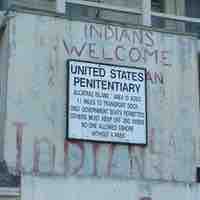
The fight for American Indian rights expanded in the 1960s, resulting in the creation of the American Indian Movement.
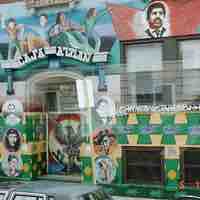
The Chicano Movement was the part of the Mexican Civil Rights Movement that sought political and social empowerment for Mexican Americans.
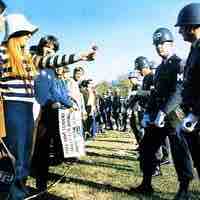
The New Left was a loose organization made up of mostly white students who opposed authority structures and the Vietnam War.
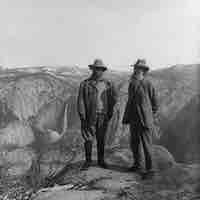
Modern environmentalism grew in the 1950s and '60s with the support of organizations and large-scale media campaigns.
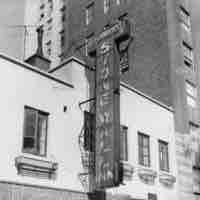
The sexual revolution and the feminist movement of the 1960s establish a climate that fostered the struggle for gay and lesbian rights.